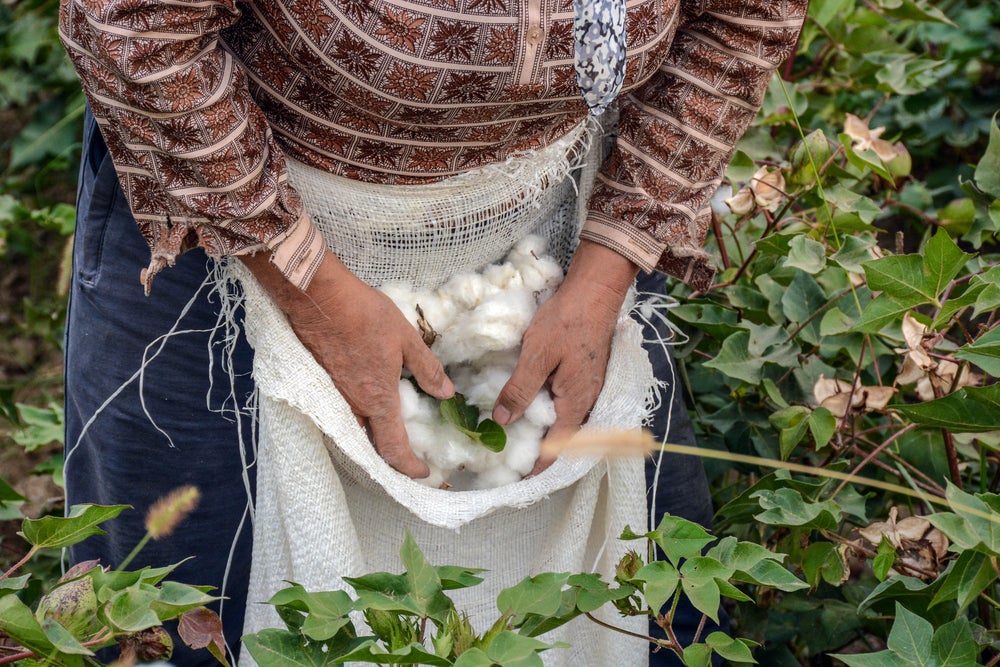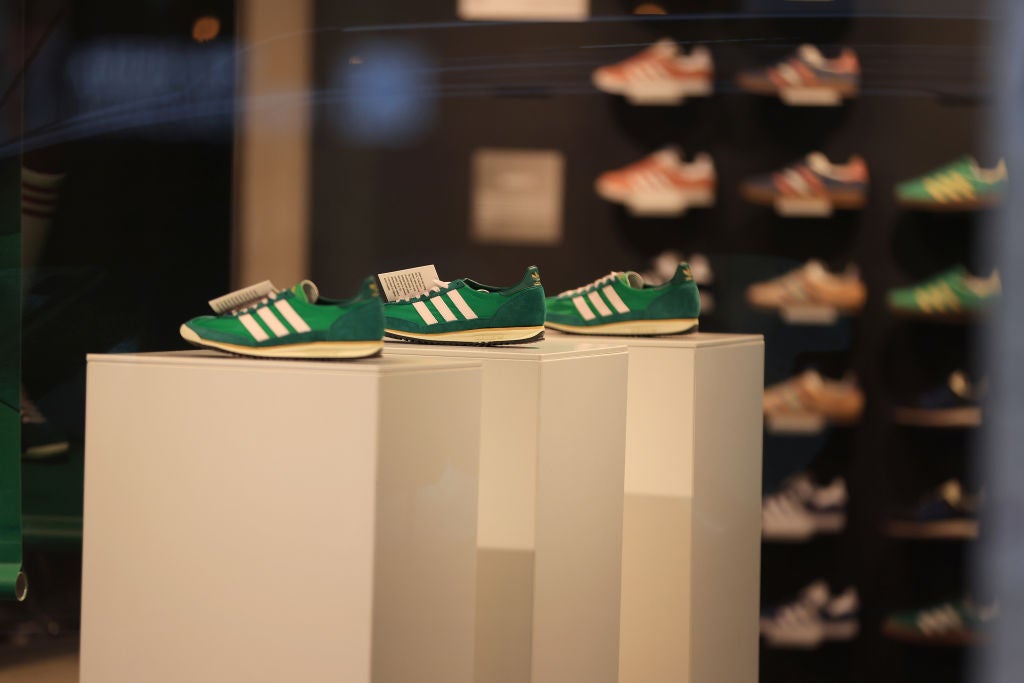
While clothing manufacturers in Italy have not been told to close outright in the country’s bid to fight the Covid-19 virus, many have been subject to major disruption during this health emergency.
A drop in demand for clothing and textiles in China and the cancellation of fairs and missions both abroad and in Italy have already hit brands hard, with events being called off and many catwalk shows at last month’s Milan Fashion Week taking place behind closed doors as the virus outbreak gathered strength.
How well do you really know your competitors?
Access the most comprehensive Company Profiles on the market, powered by GlobalData. Save hours of research. Gain competitive edge.

Thank you!
Your download email will arrive shortly
Not ready to buy yet? Download a free sample
We are confident about the unique quality of our Company Profiles. However, we want you to make the most beneficial decision for your business, so we offer a free sample that you can download by submitting the below form
By GlobalDataDomestic demand took a further dive last week when the Italian government tightly restricted commercial activities – including fashion retail – until 25 March.
Many brands had already begun closing retail stores due to a lack of shoppers, with large chains such as Calzedonia and Coin SpA anticipating tougher prevention measures.
As for manufacturing, some luxury brands, already smarting from lost China sales, began prepping Italian production sites for temporary closures – for example luxury fabric and clothing producer, Biella-based Loro Piana, which on March 8 shuttered its factories in Lombardy.
Gucci has closed all six production sites in the regions of Tuscany and Marche until 20 March to head off the spread of the disease in Italy, with office staff working from home.
Luxury shoe and clothing brand Tod’s has also temporarily closed Italian production facilities until 17 March to reorganise and allow factories to adopt the new anti-contamination measures aimed at protecting workers. These include office staff working from home, factories being sanitised routinely, and workers being provided with masks, gloves and working at a safe distance (at least one metre) from one another.
The Covid-19 crisis is “causing a significant production slowdown across the entire supply chain,” said a spokesperson for Sistema Moda Italian (SMI), who warned that any recovery in the Chinese market might currently be cancelled out by losses in other countries where the Covid-19 pandemic is now just starting.
Andrea Cavicchi, president of the fashion department of the Confindustria Toscana Nord, told just-style that falls in Italian sales and a block on tourism could harm Italian brands in the medium-to-long term.
“Tourism in Italy is closely linked to fashion, with tourists’ demand for Italian fashion representing quite a big chunk of domestic demand. We expect this, together with the temporary closure of stores in Italy and an overall drop in global demand due to the Covid crisis, to have a trickle-down effect on future orders and along the entire supply chain,” he says.
How will this crisis shake down?
“The general feeling is that there will be more clarity by May-June [2020] as some of my US clients have postponed orders until then,” says Marco Badiani, textile export manager at Prato-based wholesaler Badiani Studio.
“This means that there might be a couple months’ delay along the entire supply chain, but it’s something manageable, Italian suppliers are quite flexible; textile and clothing companies are probably considering slowing production now and putting workers on vacation leave, to then boost output in the summer, in hopes that orders start coming in this spring.”
While fabric makers, in Prato and Biella for instance, are operating, textile dyers in Prato have complained of higher costs for chemicals, which are partly supplied by China. Production output of mills has slowed to about 80%, Cavicchi says, mainly to meet Covid-19 worker safety rules.
A spokesperson from the Unione Industriale Biellese fears possible border blocks of its textile products if the Covid-19 crisis worsens in Italy and across Europe.
Indeed, this week Austria began spot health checks on truck drivers crossing the Brenner pass, causing kilometres-long lines at the border and significant delays.
National business association Confindustria made an appeal to the European Union on 13 March to help keep borders for trade open.
“It is extremely important that the EU quickly establish simple and clear rules, valid for all 27 Member States, to safely manage trade within the Union. The closure of internal borders to the transit of goods, taken unilaterally by individual Member States, also in eastern Europe is unnecessary and harmful. This is not how to defeat coronavirus, but only puts the most important European common good at risk: the [EU single] internal market.”
The real problem facing the sector now is whether orders will come in for the spring/summer 2021 season, says the SMI spokesperson, “while we hope for the number of orders to rebound for the fall/winter 2021 season.”
Writing on just-style last week, Mike Flanagan, chief executive of Clothesource Sourcing Intelligence, noted that relative to its population, the developed world’s largest clothing industry is in Italy. The country is the hub for high-end luxury apparel production, as well as a leading supplier of high-end yarns and fabrics.








